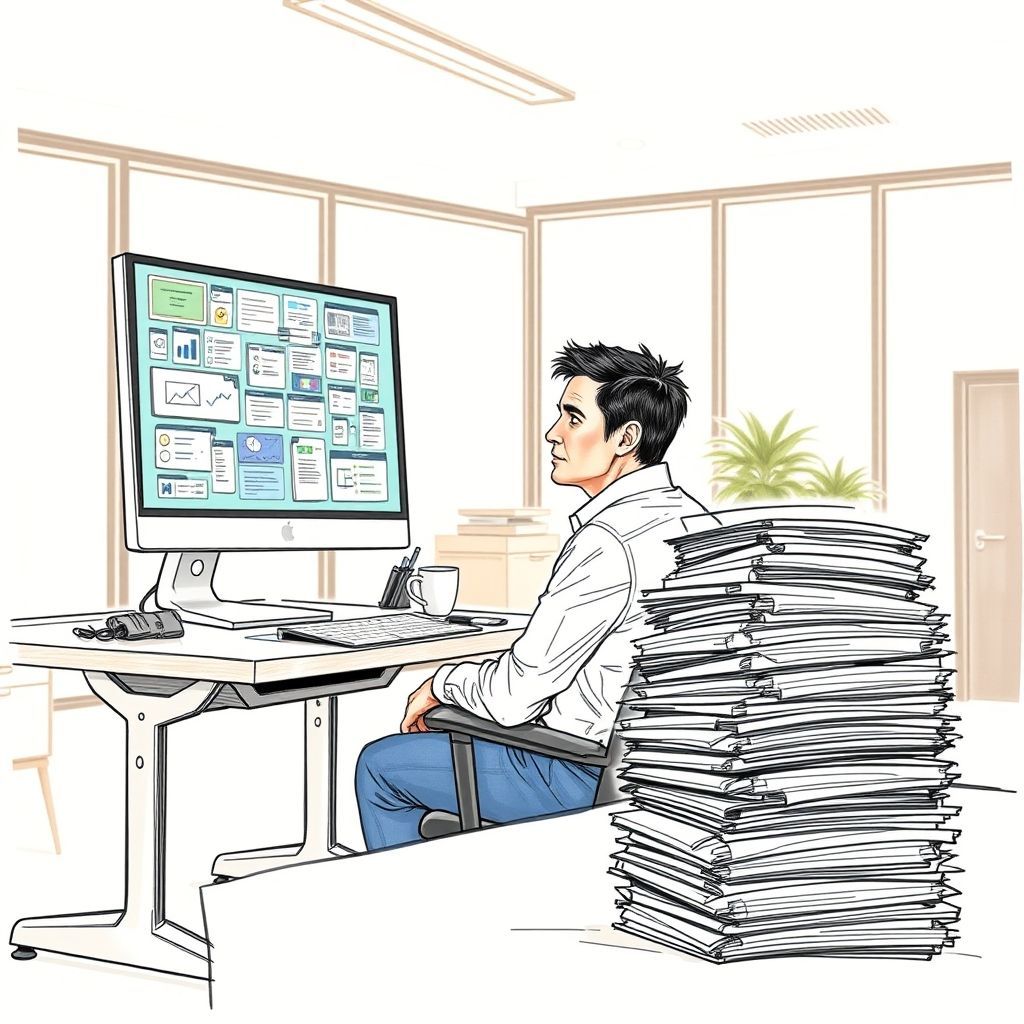
Are you tired of the same old productivity advice? You know the drill: make a to-do list, use the Pomodoro Technique, avoid distractions. While these strategies certainly have their place, sometimes the most significant breakthroughs come from thinking outside the box. What if boosting your output, creativity, and focus didn’t involve more discipline, but rather a playful, counter-intuitive approach?
In a world saturated with conventional wisdom, it’s time to explore the road less traveled. We’re diving deep into 10 unconventional life hacks designed to supercharge your productivity in ways you might never have imagined. Get ready to challenge your assumptions and unlock new levels of efficiency and innovation.
Why Unconventional Works When Conventional Doesn’t
Our brains are wired for novelty. When we stick to the same routines and advice, we often hit a plateau. Unconventional hacks work because they disrupt patterns, engage different parts of our brain, and often tap into psychological principles that traditional methods overlook. They can transform mundane tasks into engaging challenges, reframe problems, and even leverage your natural tendencies in surprising ways.
The 10 Unconventional Hacks to Supercharge Your Output
1. The “Fake Commute” Strategy
Working from home offers incredible flexibility, but it often blurs the lines between work and personal life. The “fake commute” involves setting aside 15-30 minutes at the start and end of your workday to simulate a journey. This could be a walk around the block, listening to a specific podcast, or even just sitting quietly before opening your laptop.
Why it works: This ritual creates crucial mental bookends for your day. It helps your brain transition into “work mode” and then wind down, preventing work thoughts from spilling over. This mental separation reduces stress and improves focus.
2. Strategic Boredom & Mind-Wandering
In our always-on world, boredom is often seen as something to avoid. But deliberately scheduling periods of “strategic boredom” – time where you do absolutely nothing – can be a powerful productivity tool. This means no phone, no TV, no books, just letting your mind wander.
Why it works: When your mind isn’t actively engaged, it enters a “default mode network,” crucial for creativity, problem-solving, and memory consolidation. This unstructured thinking allows new connections and solutions to emerge that focused work might miss.
3. The “Nappuccino” (Coffee Nap)
Feeling sluggish mid-afternoon? Combine coffee and a short nap for a powerful energy boost. The “Nappuccino” involves quickly drinking a cup of coffee (or espresso), then immediately taking a 15-20 minute nap.
Why it works: Caffeine takes about 20 minutes to be absorbed. During your nap, your brain naturally clears adenosine (a sleep-inducing chemical). When you wake, the caffeine kicks in, giving you a double whammy of alertness and refreshed energy without grogginess.

4. Gamify Your Grind
Why should games be the only place where you get points, levels, and rewards? Turn your daily tasks into a game. This could involve setting challenges, assigning points to completed tasks, competing with yourself, or even using apps that integrate gamification into your workflow.
Why it works: Gamification taps into our intrinsic desire for achievement and progress. It makes mundane tasks more engaging by framing them as challenges, releasing dopamine and creating a positive feedback loop for continued effort.
5. The “Ambience Shift”
We often try to do all our work in one designated spot. But different tasks benefit from different environments. The “ambience shift” involves deliberately changing your physical surroundings to match the type of work you’re doing.
Why it works: Our brains associate certain environments with specific activities. A bustling coffee shop for brainstorming, a quiet library for deep focus. Shifting your environment helps cue your brain to enter the appropriate mental state, reducing friction.
6. Productive Procrastination
Procrastination usually gets a bad rap, but “productive procrastination” harnesses this tendency for good. Instead of avoiding a daunting task by doing nothing, you avoid it by doing a *different*, less urgent but still productive task.
Why it works: When faced with an overwhelming task, our brains seek escape. Productive procrastination allows you to gain momentum and achieve small wins, reducing the mental block of the primary task. It can provide a mental break that sparks a new approach.

7. The “Pre-Mortem” Technique
Instead of waiting for a project to fail, imagine it already has. The “pre-mortem” technique involves gathering your team *before* a project begins and asking everyone to assume the project has completely failed. Then, brainstorm all the reasons why it might have failed.
Why it works: This counter-intuitive exercise allows you to proactively identify potential risks, pitfalls, and weaknesses. By thinking like a “failure detective,” you can develop mitigation strategies and strengthen your plan from the outset.
8. The “Decision Diet”
Every decision, no matter how small, consumes mental energy – this is “decision fatigue.” The “decision diet” involves consciously reducing the number of trivial choices you make each day, freeing up cognitive resources for more important tasks.
Why it works: By automating or pre-deciding minor aspects of your day, you conserve willpower and mental clarity. This means you’ll have more energy and focus for critical thinking, problem-solving, and creative work when it truly matters.
9. The “Anti-To-Do List”
We’re all familiar with to-do lists, but have you tried an “anti-to-do list”? This involves explicitly writing down tasks, distractions, or habits that you *will not* engage in during your productive hours.
Why it works: By clearly defining what you’re avoiding, you create boundaries and mental clarity. It’s often easier to resist something when you’ve consciously committed to *not* doing it, helping you maintain focus on actual priorities.

10. The “Chaos” Method for Idea Generation
While an organized environment is often lauded, sometimes a bit of controlled “chaos” or deliberate disarray can be a powerful catalyst for creativity and novel ideas. This isn’t about total mess, but about introducing random elements or breaking patterns.
Why it works: Order and routine can sometimes stifle innovative thinking. Introducing unexpected stimuli or allowing a less structured environment encourages your brain to make unusual connections, leading to breakthroughs. A slightly disheveled space can signal it’s okay to think outside the box.
Conclusion
Productivity isn’t a one-size-fits-all equation. While traditional advice has its merits, sometimes the most profound shifts come from embracing the unconventional. These 10 hacks invite you to experiment, play, and challenge your assumptions about how work gets done.
By integrating these surprising strategies into your routine, you might just discover a more engaged, creative, and effortlessly productive version of yourself. So, go ahead – pick one or two that resonate and give them a try. You might be surprised at what you achieve!
Which unconventional hack are you most excited to try first? Share your thoughts and any other unique productivity tips in the comments below!



